9 of the best things to do in Lisbon, Portugal
Make the most of a visit to Portugal’s charming, lively capital
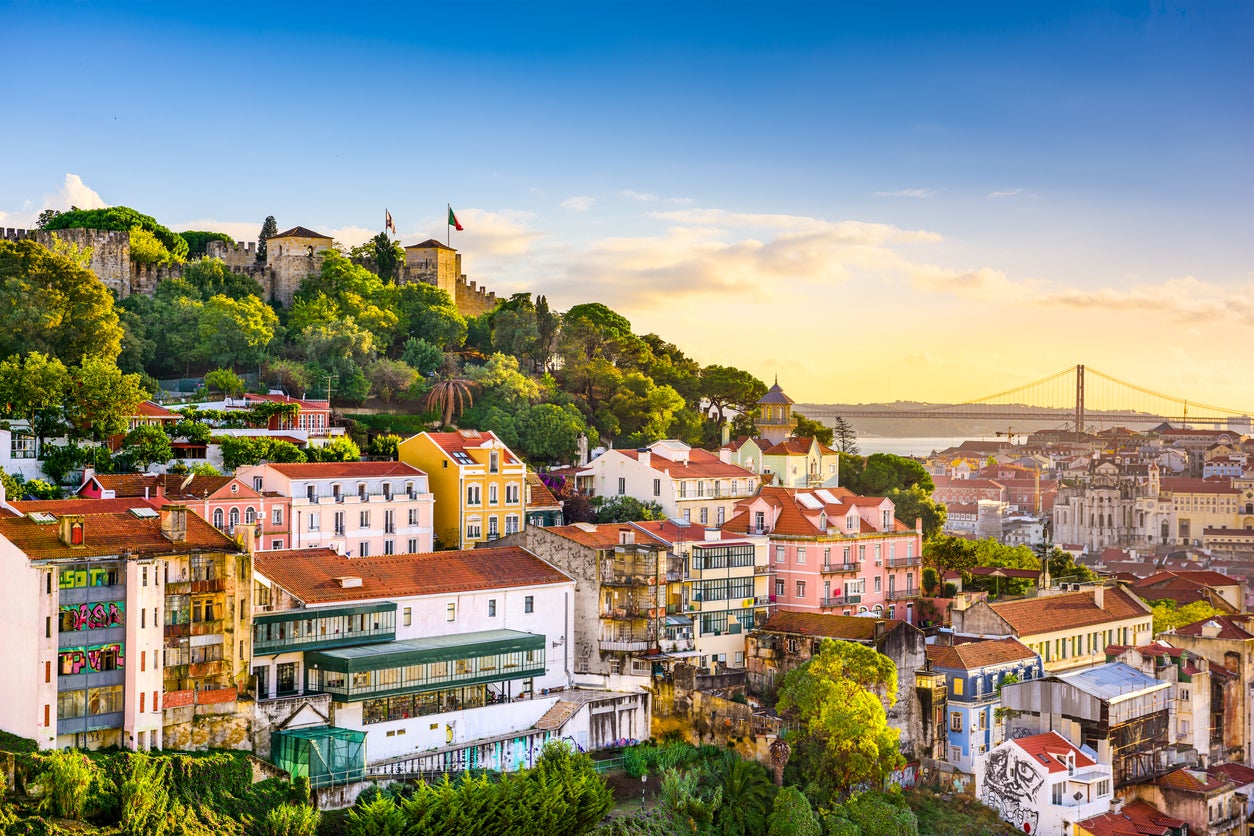
It is in the combination of historic marvels and modern living that Lisbon really thrives.
It is a city that is steeped in history, from the Sao Jorge castle to the squares of Baixa. Dozens of famed landmarks, a striking range of architecture and several hidden wonders adorn the streets of the Portuguese capital, with many providing important reminders of a sometimes sobering past.
The 20th-century tramlines serve both tourists and locals, historic neighbourhoods host the best parties in town and centuries-old recipes are used for a custard tart that’s been the city’s favourite snack for hundreds of years.
Add in visits to historic monuments or hilltop viewpoints, and you’ll soon become aware that most of the best things to do in Lisbon are intrinsically tied to the history of the city. To help you discover both the modern city and its past, we’ve rounded up a list of some of our favourites.
Explore downtown and Alfama
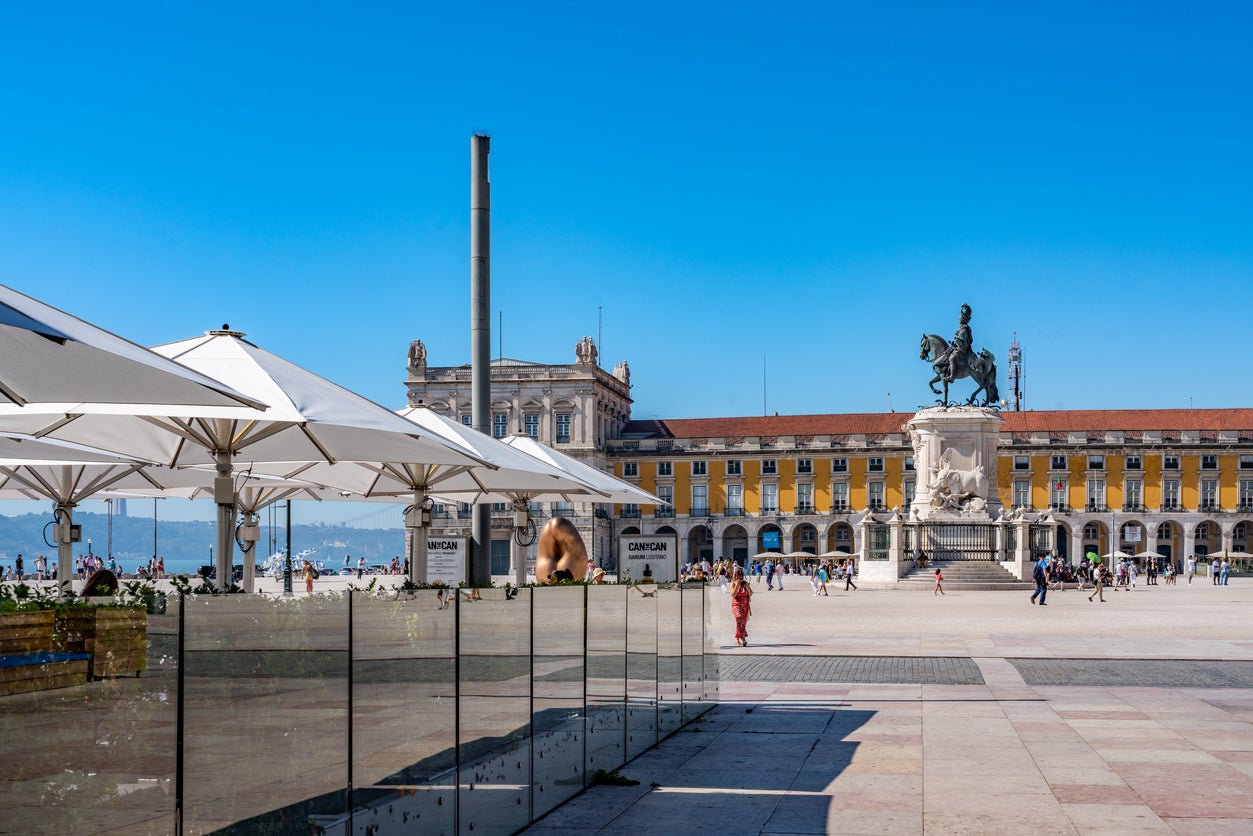
The Baixa area is Lisbon’s delightful downtown, the historic heart of the city where a grid of elegant, paved streets lead northwest from the vast waterside of Praca do Comercio to the impressive Rossio Square. This is where you’ll find the majority of international brands and hotel chains, though there’s plenty of local flavour and a dazzling array of architecture dating from 1755, the year of an earthquake that levelled much of the city.
Neighbouring Alfama, the home of the Sao Jorge castle, is also worth exploring for its winding alleys, shaded courtyards and abundance of indie shops and restaurants. Start at the castle and follow the routes down the hillside, making your way to the riverside, while spending some time getting blissfully lost in the area’s mazy streets.
Read more on Portugal travel:
Take the 28 Tram
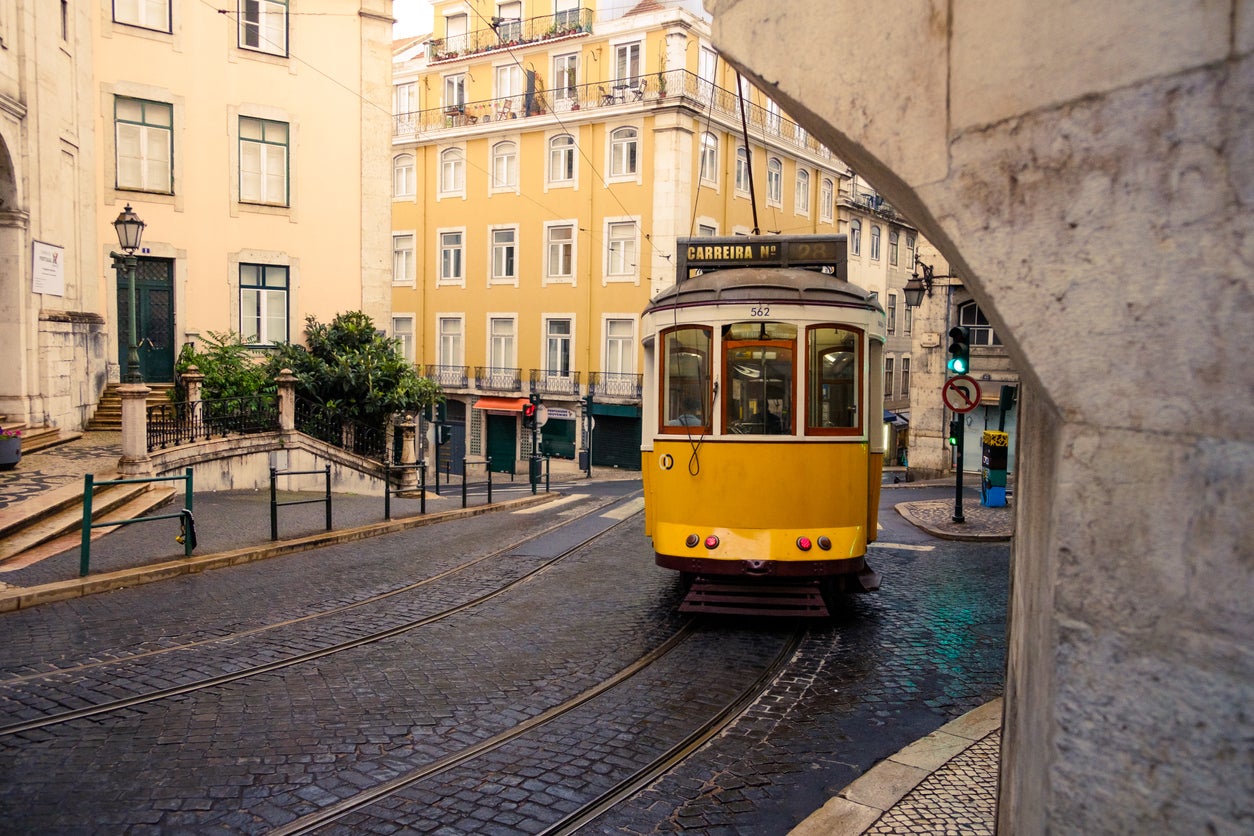
From San Francisco to Prague, trams carry a certain air of nostalgia and charm, reminiscent of times gone by but still exceedingly useful to some people that call the city home. Lisbon is is one of these cities, with an extensive network of trams.
While getting any tram can be a novelty for some visitors, a journey on the 28 line is one of Lisbon’s more authentic activities for tourists. Developed in 1914, it takes passengers from Campo de Orique, in the west, to Martim Moniz, close to the Castelo de Sao Jorge (get on at one of these stops to have the best chance of a seat). Along the way you’ll go through neighbourhoods like Alfama, Graca and Estrela, taking in plenty of the city’s enchanting architecture.
Visit LX Factory
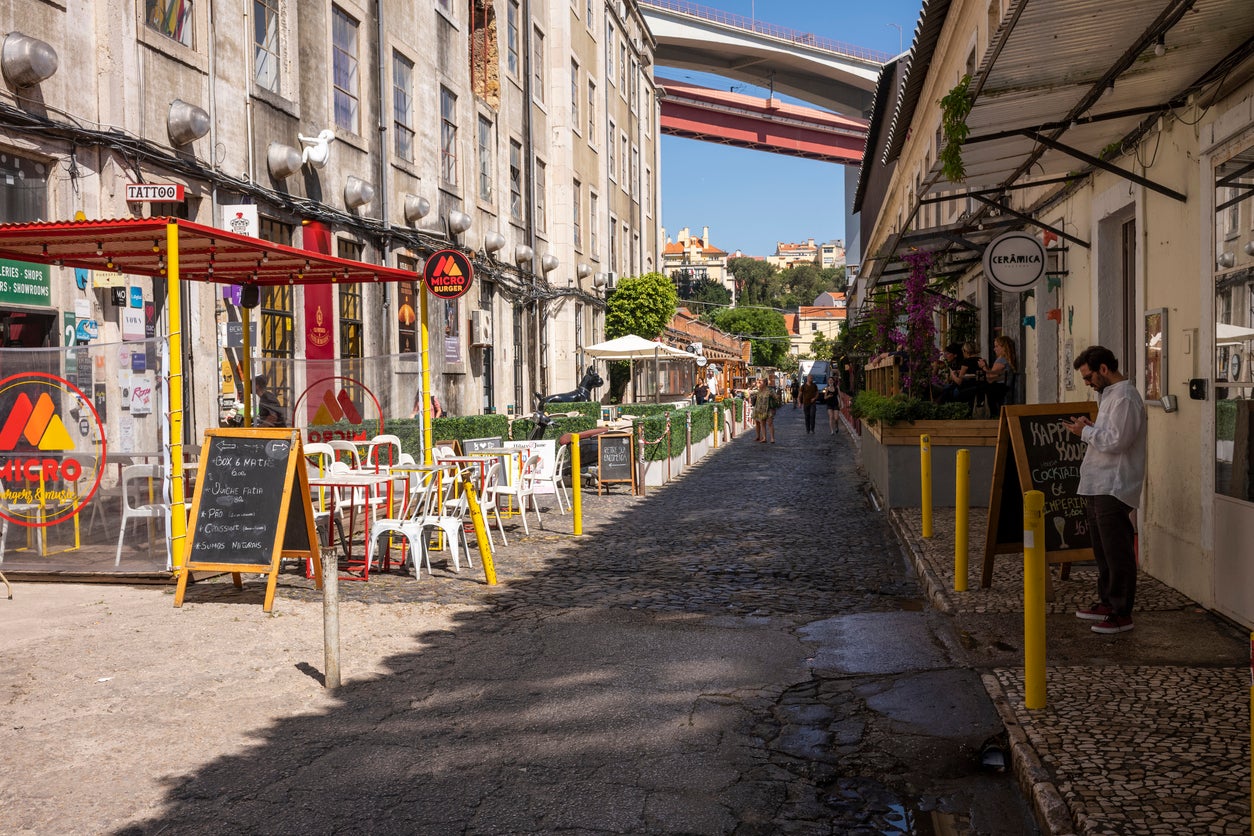
LX Factory is located near the coast, around halfway between the main part of the city and Belem, in the Alcantara district. An area of international restaurants, cool indie shops and characterful bars, it’s contained within a series of old tile workshops and industrial warehouses, adding to the air of ‘cool’ alongside a trendy, young and sometimes touristy crowd.
This complex has it all, from a hostel with rooftop bar to Mexican, Argentinian and local cuisine. There’s an eclectic range of shops too, from tattoo parlours and art studios to children’s clothing stores and vintage boutiques.
Try a pastel de nata at Pasteis de Belem
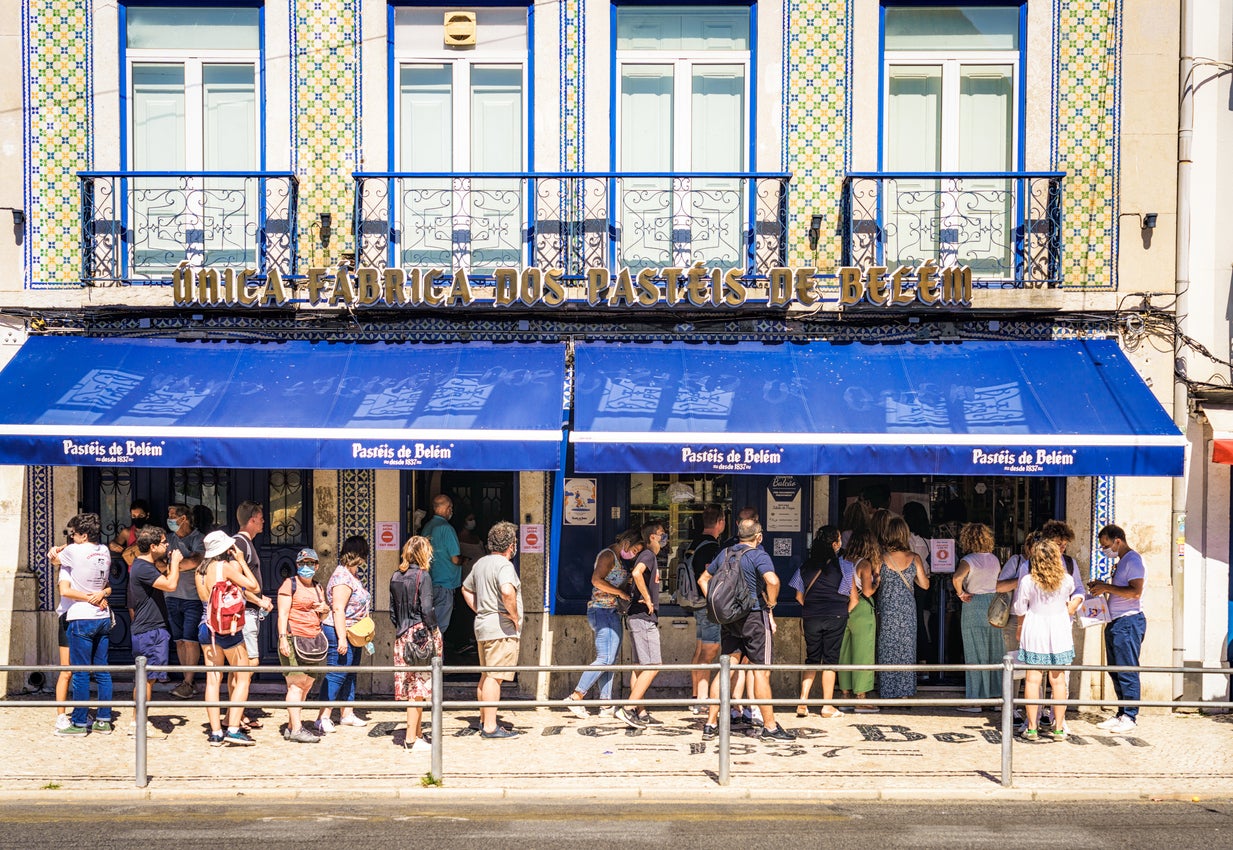
Pasteis de nata, most commonly known in the UK simply as custard tarts, are a Portuguese specialty that are on offer in shops, cafes and restaurants throughout Lisbon (and the rest of the country). While you’ll likely be able to get one every time you go for a coffee, one of the best places to try one is in Belem, at the aptly named Pasteis de Belem.
This tart empire began in 1837, with a special secret recipe that is still in use today. The pasteis are sold from a little counter inside the cafe, but its tearooms, located in the back and decorated in colourful azulejo tiles, are worth waiting in the queue to sit in, for a piece of Portuguese history among cinnamon-tinged custard and light pastry.
Experience the city’s nightlife in Bairro Alto
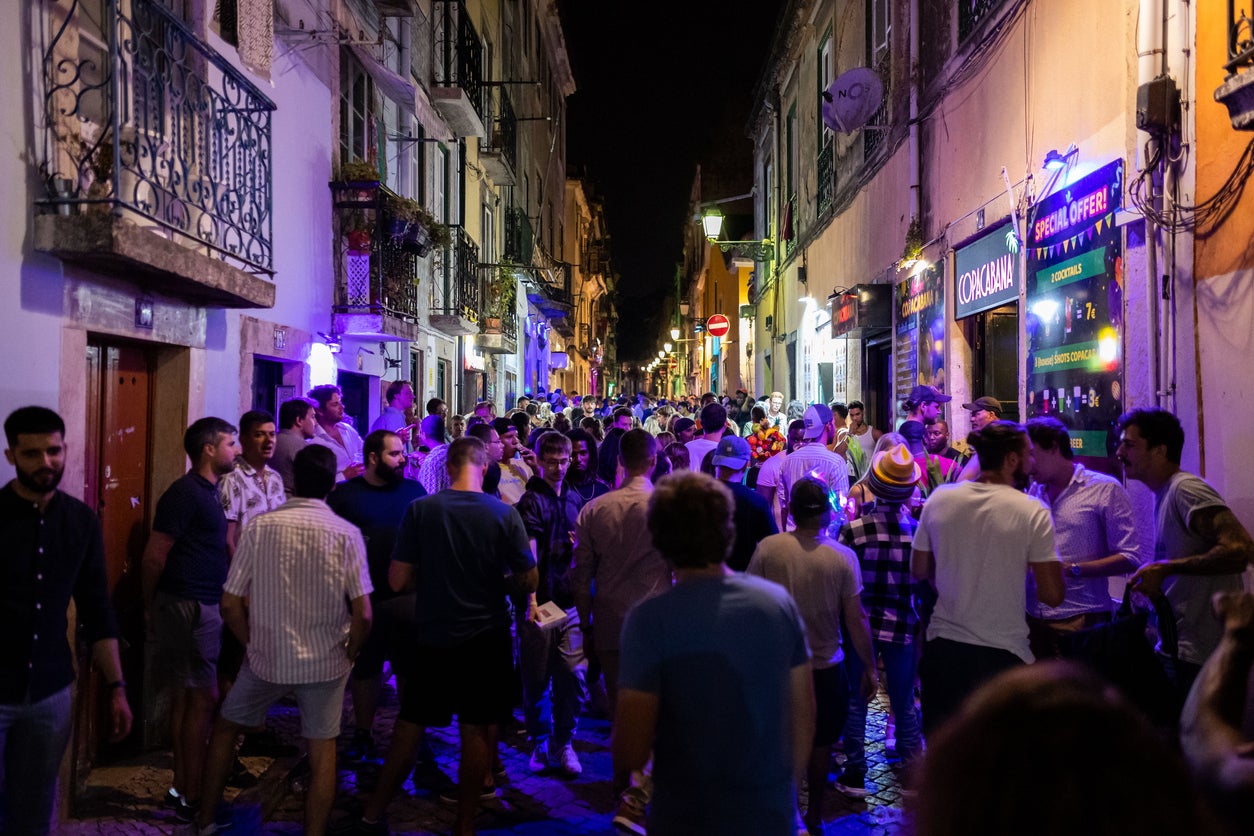
Though the streets of this hilly neighbourhood are worth exploring anyway for viewing platforms, small bars and cafes, it is during the evening that the Bairro Alto really comes alive. This is Lisbon’s nightlife centre, where the dozens of bars that line the streets stay open until the early hours. Both locals and expats mingle alongside tourists, with much more of a focus on socialising than getting drunk (although with prices as low as they are, it can be difficult to avoid). Many bars spill out onto the cobbled streets as a consequence, giving the area a pleasant atmosphere long into the night.
Ascend to Sao Jorge castle
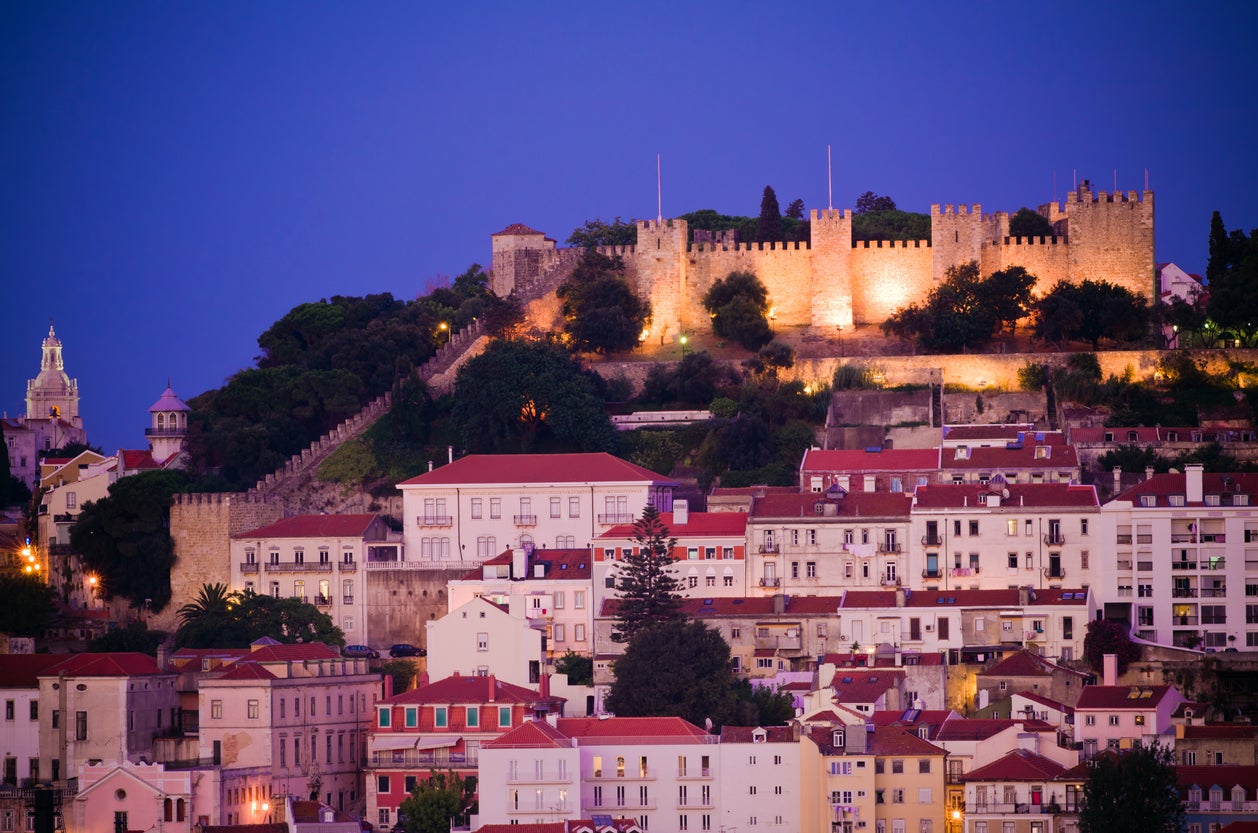
The Castelo de Sao Jorge sits imposingly atop the hill of the same name, visible from almost every part of Lisbon and a striking reminder of the city’s storied history. First built in 200 BC, it was most recently restored during the 1940s and now stands as one of the city’s must-see attractions.
A trip up to the castle is worth it for the city views alone. You’ll enjoy sweeping vistas, starting with the azure waters of the Tagus River and leading into a sea of russet-roofed buildings in the Alfama, Chiado and beyond.
Unsurprisingly, the castle is one of the city’s busiest attractions, so buy tickets online to skip queues and try and visit in the late afternoon to avoid crowds and the heat (the journey to get this high is more akin to a hike than a walk).
See the Belem Tower and Jeronimos Monastery in one trip

Two of Lisbon’s must-see landmarks are located a little out of the city, over 90 minutes by foot or around half an hour by train, in the district of Belem. A laid-back area right in the banks of the Tagus River, it is worth visiting in order to see the Belem Tower and the magnificent Jeronimos Monastery.
The former, a 16th-century gateway to the city that was also used as a defensive tower, is a dramatic, remarkably well-preserved mini fortification that is often the last stop on a cycle from the centre of Lisbon. The latter, an enormous Gothic building with dozens of ornate and intricate features, was built to commemorate the return of famed explorer Vasco de Gama and took around a century to complete. It later became the home of the monks of the Order of Saint Jerome, who are said to have been the creators of the pastel de nata.
Take in the view from a miradouro
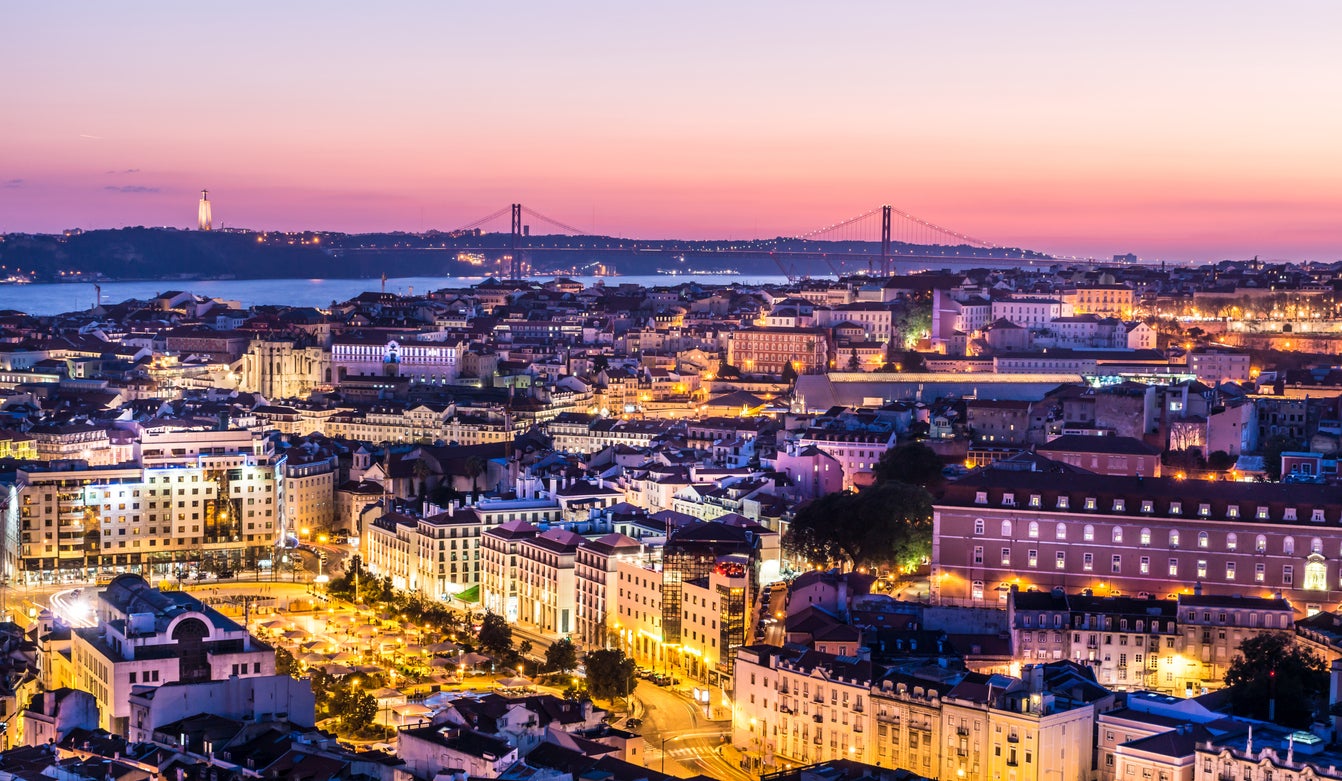
Lisbon is known for being the city of seven hills, and while long walks across the capital can be somewhat tiring, those who enjoy great views are very much in luck, as the geography of the city lends itself to several magnificent viewpoints, known in Portuguese as miradouros.
Portas do Sol, southeast of the Castelo Sao Jorge, is one of the most popular, with a terrace bar, occasional DJ and sweeping views over the Tagus River. The Miradouro da Graca is a quieter alternative set a little further inland, while the Panoramico do Monsanto, once a nightclub and luxury restaurant, sits in a large park and offers panoramic views over the western part of the city. The Miradouro de Nossa Senhora do Monte is the highest point in the city, with views over the city, castle and waterways that are just as impressive as you’d expect.
Take a brief trip out of town
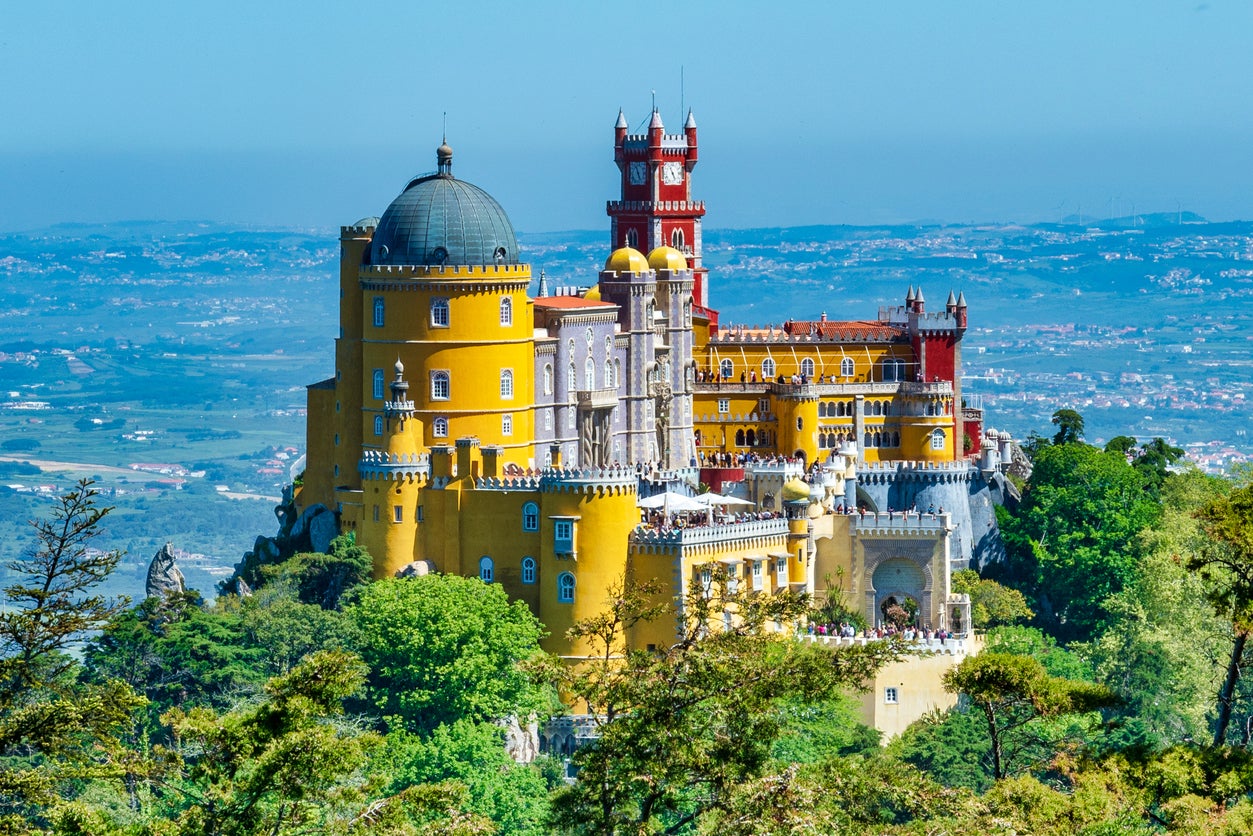
While the wonders of Lisbon itself require far more than just a long weekend to discover, many visitors will take a day to visit nearby towns while staying in the capital. Others will explore nearby beaches and surf towns such as Carcavelos, Nazare and Ericeira, with some coming especially for – and staying longer than they had anticipated in – Cascais, a famous town known just as much for its natural beauty and charming centre as it is for its great surfing (which can be reached in around 40 minutes from Cais do Sodre station).
And while the beach has its merits, perhaps Lisbon’s most popular day trip is to nearby Sintra, a quaint mountain town surrounded by greenery and dotted with impressive castles, the most stunning of which is the Pena Palace, an eccentric 19th-century complex that was built as a sumer residence for the royal family.
Read our reviews of the best Portugal hotels
Join our commenting forum
Join thought-provoking conversations, follow other Independent readers and see their replies
Comments
Bookmark popover
Removed from bookmarks